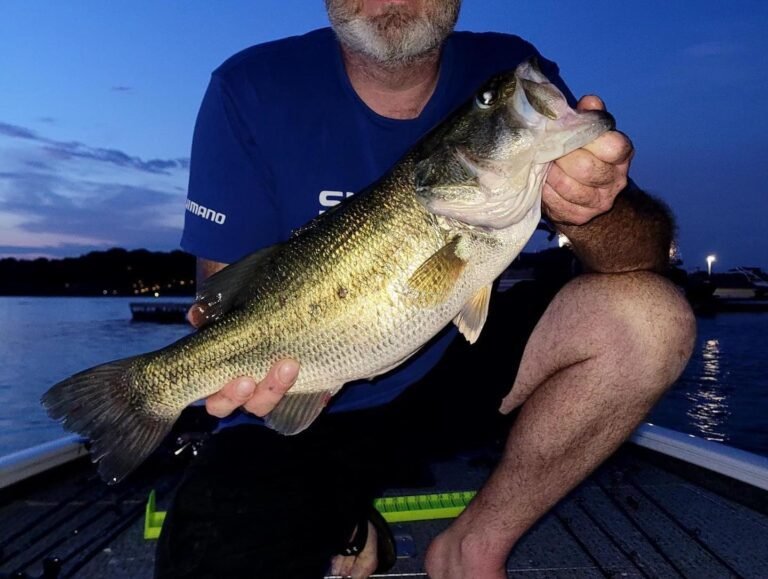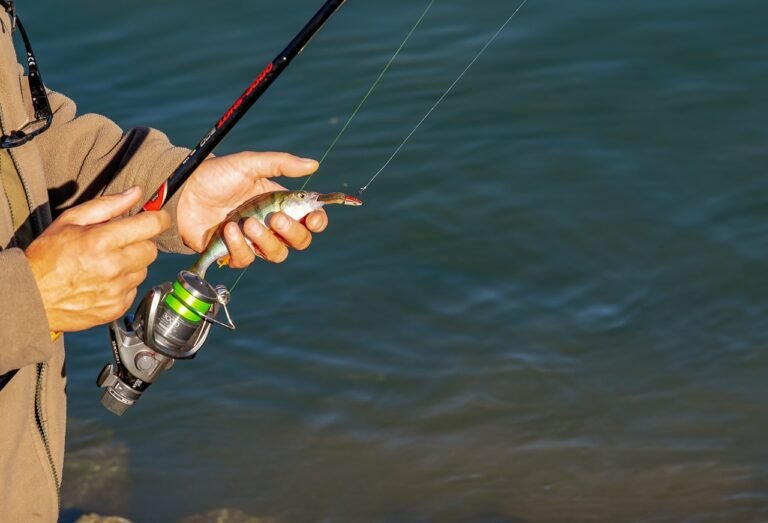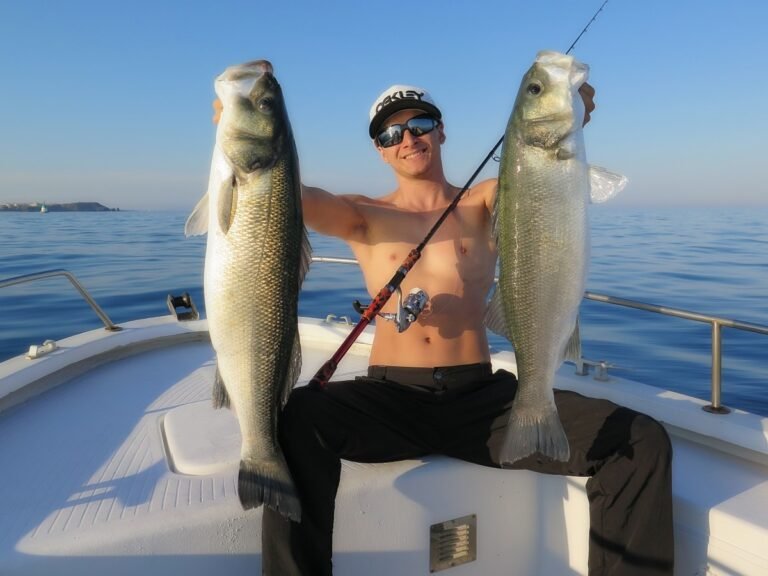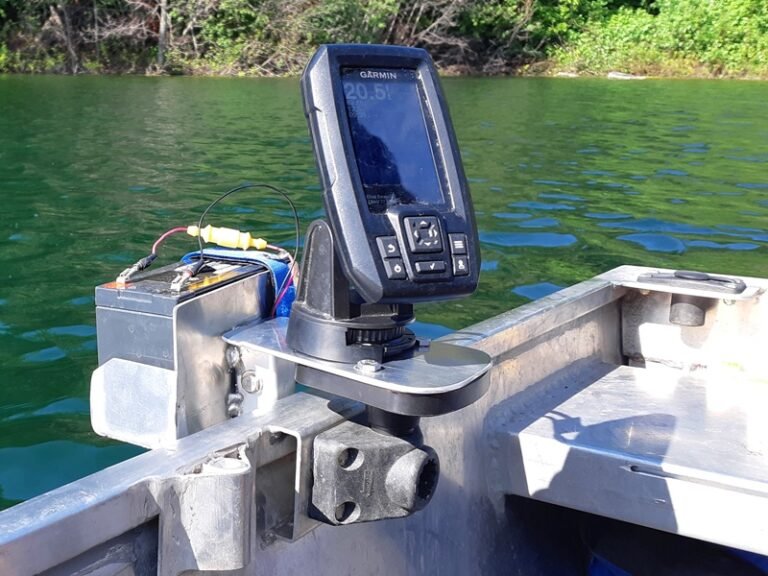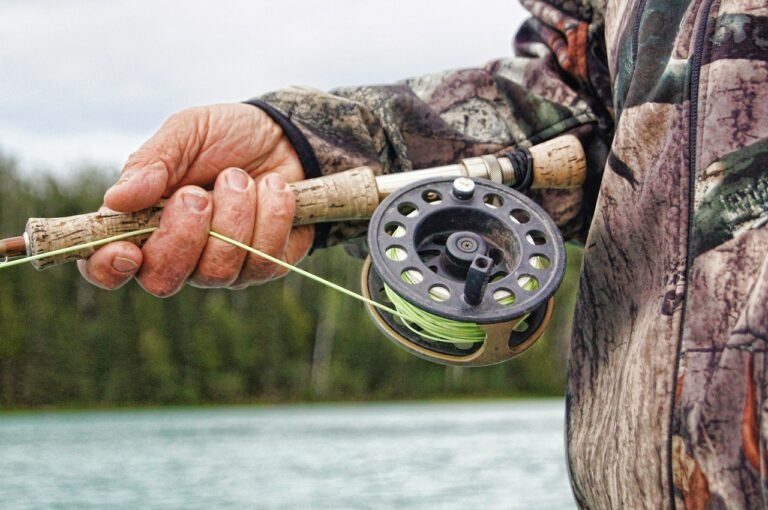Setting up a fish tank can be a joyous and rewarding activity. I know how gorgeous a fish tank looks at home. Not only does it allow you to connect with nature, but it also gives you a unique, living art piece in your home. So, it is important to correctly prepare and properly maintain the tank to ensure the health and well-being of your fish.
In this article, we’ll learn how to set up a fish tank, including selecting the right tank and equipment, preparing the tank and water, and introducing your fish to their new home. With a little bit of planning and care, you can make a comfortable and healthy environment for your fish to thrive in.
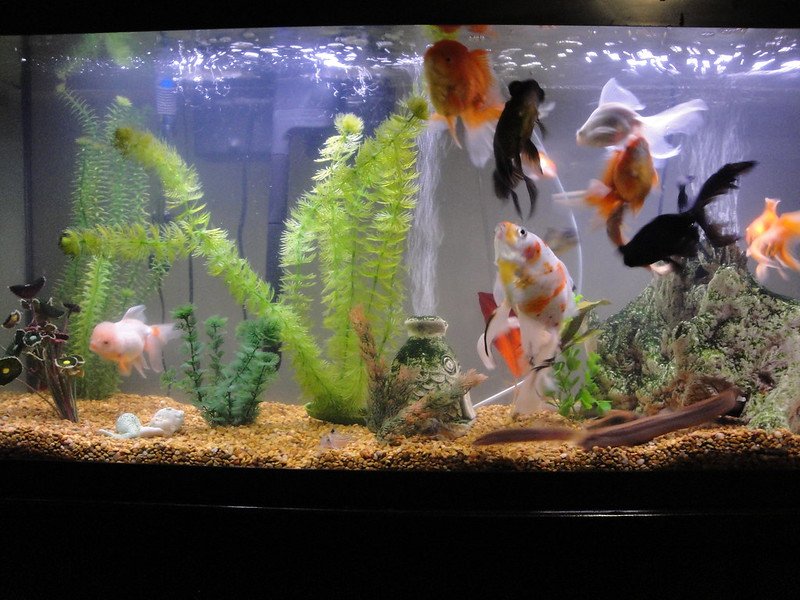
What Equipment to Buy Before Buying Fish?
Before you buy fish, it’s a good idea to have the following items on hand:
Aquarium
You’ll require a place to keep your fish. Ensure the aquarium is the correct size for the fish you plan to purchase. A general rule of thumb is to allow at least 1 gallon of water per inch of fish. For example, if you purchase fish that will grow 4 inches long, you’ll require an aquarium that can hold at least 4 gallons of water. Choosing an appropriate aquarium for the type of fish you plan to keep is also important. For example, some fish need a deeper tank with plenty of swimming space, while others may do well in a smaller, more shallow tank.
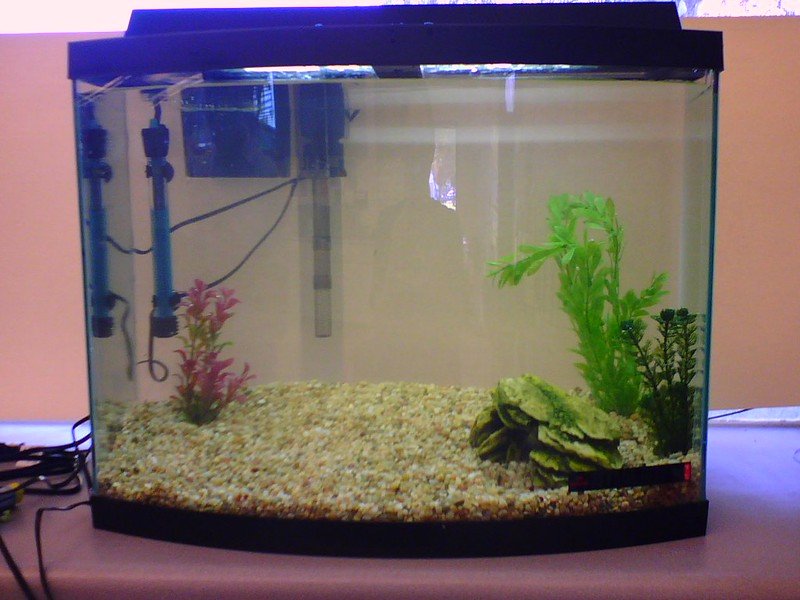
Water Conditioner
A water conditioner helps to clean tap water by removing chlorine and other chemicals, which can be toxic to fish. Water conditioners operate by neutralizing these harmful substances, making the water safe for your fish to live in. It’s essential to use a water conditioner every time you add fresh water to the aquarium, whether it’s for a water change or to replace water that has evaporated.
Thermometer
Fish need to be kept at a precise temperature, and a thermometer will help you maintain the right temperature in the aquarium. Different types of fish have various temperature requirements, so it’s vital to research the needs of the specific fish you plan to purchase. It can help you confirm that the water temperature in the aquarium stays within the appropriate range.
Water Test Kit
A water test kit will help you watch the levels of ammonia, nitrite, and nitrate in the water, which can be poisonous to fish. Ammonia and nitrite can be created by the breakdown of fish waste and uneaten food, and high levels of these substances can be dangerous to your fish. A water test kit will allow you to regularly check the levels of these substances in the water and make any necessary adjustments to keep them at safe levels.
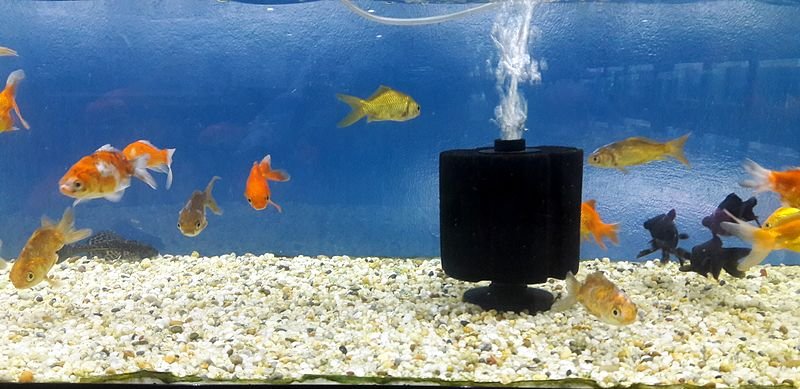
Aquarium gravel or substrate
Gravel is the material that covers the base of the aquarium and provides a place for beneficial bacteria to thrive. Aquarium gravel comes in various colors and sizes, and you can select a type that completes the overall look of your tank. Some aquarium owners like to use a substrate that is particularly designed to support the growth of live plants.
Decorations
Fish require a place to hide and explore, so consider adding decorations like stones or plants to the aquarium. It can also help to make a more realistic and visually appealing environment for your fish. Just be sure to pick safe decorations for aquarium use that won’t break or release harmful substances into the water.
Filter
A filter helps to keep the water clean and transparent by removing excess food, waste, and other rubbish. Several types of filters are available, including hang-on-back filters, canister filters, and under-gravel filters. Select a filter that is appropriate for the size of your aquarium and the needs of your fish.
Net
A net helps catch and transfer fish. You’ll need a way to safely move fish from the store container to your aquarium when you buy fish. A net can also be useful for catching and removing sick or deceased fish from the tank.
Fish Food
Make sure to get appropriate food for the fish you are keeping. Different types of fish have different dietary needs, and it’s essential to choose a food formulated to meet your fish’s specific needs.
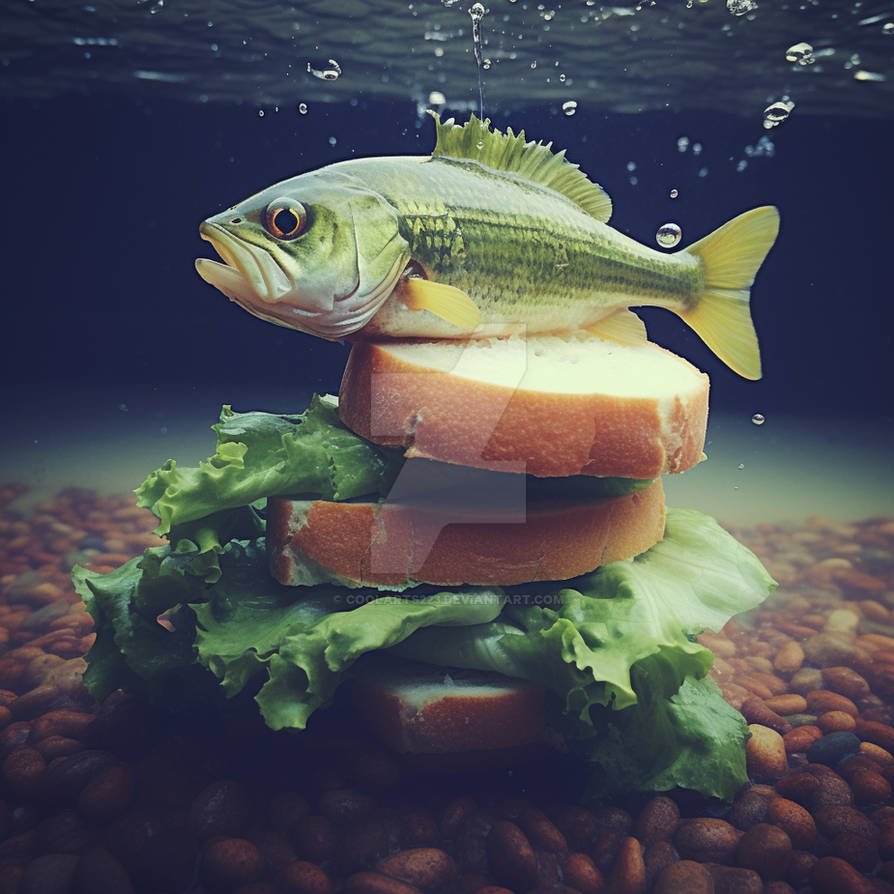
How to Set Up a Fish Tank In 2023 For Beginners?
Step 1: Choose The Right Size Tank
The first and most important step is to choose the right size tank for your space and the type of fish you plan to keep. A bigger tank is normally more effortless to maintain than a smaller one, as it has more strength and a larger volume of water to dilute waste products.
Step 2: Choose a Right Location
Once you have purchased all of your equipment, you will be ready to set it up. It is necessary to choose the right position for your tank that is out of direct sunlight and away from drafty places. The room should also be well-ventilated and at a comfortable temperature for you and your fish.
Step 3: Rinse The Tank
Now, Rinse the tank comprehensively with clean water before adding it to your home. It will remove any dirt or dust that may have accumulated during storage or transportation.
Step 4: Set up a Filter
Once you wash your tank, you can set up a filter and heater as needed. The filter will help to keep the water clean and free of excess waste, while a heater will help to maintain a stable water temperature. I like using both, and I can tell you that it is really beneficial.
Step 5: Add a Substrate
It is better to add a substrate to the bottom of the tank. It can be gravel, sand, or another type of substrate appropriate for the type of fish you are keeping.
Step 6: Decorate Your Tank
Set up any decorations or artificial plants you want to fit in the tank. Be sure to leave enough open swimming space for your fish. Keep in mind that don’t use sharp or jagged decorations that could harm your fish.
Step 7: Fill Your Tank With Water
After decorating your tank, Now fill the tank with water. It is better to use a hose or a bucket to do this. If you are using tap water, be sure to treat it with a water conditioner to remove chlorine or other chemicals that may be poisonous to your fish. Allow the water to sit for a few days to allow any chlorine to dissipate before adding your fish.
Step 8: Add Your Fish To Your Tank
When you are prepared to add your fish, acclimate them to the new tank gradually by floating the bag they came in (with the fish inside) in the tank for about 15-30 minutes. It will allow them to adjust to the temperature and pH of the new tank. After the acclimation period, free the fish into the tank and observe them for any signs of stress or illness. Most fish thrive in water with a pH between 6.5 and 7.5 and a hardness between 5 and 15 dGH.
How Much Does It Cost to Set up a Fish Tank?
The cost of setting up a fish tank varies on the size and type of tank you select, including the type of fish and the equipment and accessories you need. Here are some rough estimations for some common sizes of tanks:
- Small (5-10 gallons): $50-$100
- Medium (20-30 gallons): $100-$200
- Large (50+ gallons): $200-$500+
Keep in mind that these estimates do not include the cost of fish or plants.
Size of the tank: Larger tanks typically cost more to set up, as they require more equipment and may need a more powerful filtration system.
Type of tank: Saltwater tanks can be more costly to set up than freshwater tanks, as they require unique equipment like a protein skimmer and a heater that can withstand saltwater.
Equipment and accessories: You will need a few basic pieces of equipment to set up a fish tank, such as a filter, heater, and light. These items can vary in price depending on the quality and size you select. You may also want to purchase decorations, plants, and other accessories for your tank, which can add to the cost.
Overall, the cost of setting up a fish tank can vary from a few hundred dollars for a small freshwater tank to several thousand dollars for a large saltwater tank with all the bells and whistles.
How Does The Fish Tank Cycle Work?
The nitrogen cycle, also known as the fish tank cycle, is a function that occurs in an aquarium to break down and remove toxic waste products, such as ammonia and nitrite, from the water. The cycle depends on beneficial bacteria that convert these toxic substances into less toxic substances, such as nitrate.
Here’s a basic overview of how the fish tank cycle works:
- Ammonia is created in the aquarium from fish waste, uneaten food, and other organic matter.
- Helpful bacteria known as Nitrosomonas convert ammonia into nitrite.
- Another type of beneficial bacteria known as Nitrobacter transforms the nitrite into nitrate.
- Nitrate is much less harmful to fish and can be removed from the aquarium through frequent water changes.
It’s necessary to allow the fish tank cycle to be fully set in a new aquarium before adding fish. It can take several weeks to a few months, depending on the size of the tank and the number of fish. During this time, it’s important to watch the levels of ammonia, nitrite, and nitrate in the water using test kits and to make frequent water changes to help clear the toxins.
Don’t overfeed your fish. Only feed them as much as they can consume in a few minutes, and clear any uneaten food from the tank to prevent it from decomposing and adding to the waste load.
How to Set up a Fish Tank With Live Plants?
Setting up an aquarium with live plants is a fantastic way to add natural beauty and oxygen to your tank. Here are the steps on how to set up a fish tank with live plants:
Choose the right plants: Consider the size of your tank and the lighting conditions when choosing plants. Low-light plants such as Java fern and Anubias are suitable for tanks with low lighting, while high-light plants like Amazon swords and water lettuce need more light.
Prepare the substrate: Live plants require a substrate, such as gravel or sand, to anchor their roots and provide nutrients. Rinse the substrate thoroughly before adding it to the tank.
Install a lighting system: Live plants need light to grow, so be sure to install a lighting system suitable for the type of plants you are keeping.
Add the plants: Place them in the substrate, leaving enough space between them for proper growth. Use plant weights or anchors to keep the plants in place if necessary.
Trim the plants: Trim any dead or dying leaves from the plants to encourage healthy growth.
Fertilize the plants: Use a liquid plant fertilizer or add plant tabs to the substrate to give your plants the nutrients they need to thrive.
The steps above can create a beautiful and healthy environment for your fish.
FAQs:
How do i know when my tank is ready for fish?
To know when your tank is ready for fish, watch the levels of ammonia and nitrite in the water using a test kit. Safe levels of both chemicals are 0 ppm. When the levels of these chemicals have stabilized, your tank is ready for fish. This process can take several days to several weeks.
can i put fish in after three days?
It is normally recommended to wait at least a week before adding fish to a new tank to allow the tank to cycle and establish a balance of useful bacteria. Adding fish too soon may result in toxic levels of ammonia and nitrite in the water, which can be poisonous or even deadly to the fish.
Conclusion:
I hope you like our article. Some steps on how to set up a fish tank involve choosing the right size, selecting the appropriate location, installing a filter, adding substrate, decorating the tank with rocks, caves, and plants, testing the water, and acclimating the fish to their new environment.
Following these steps, you can create a comfortable and healthy home for your fish and enjoy the beauty and relaxation that a well-maintained aquarium can provide.

